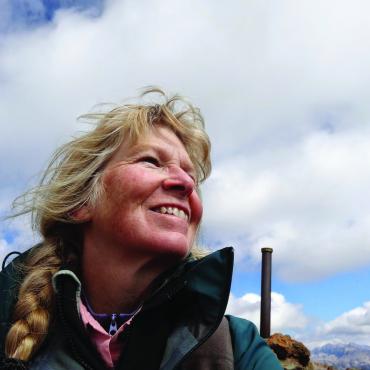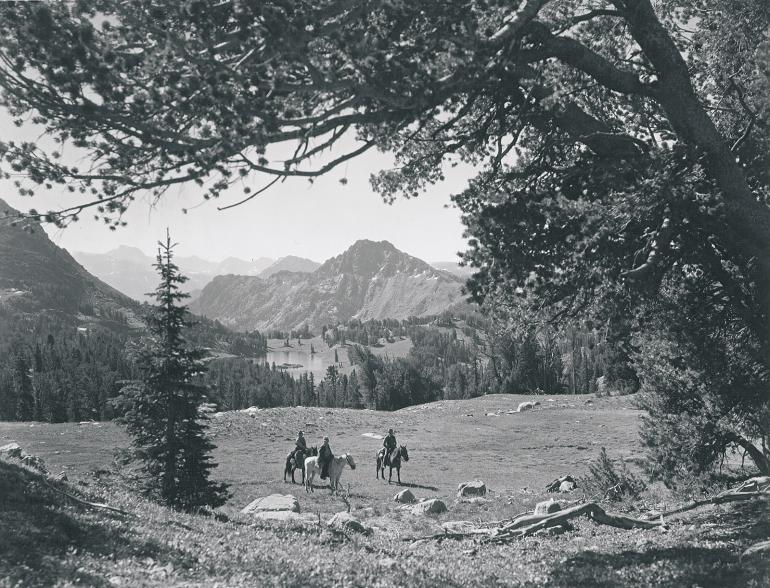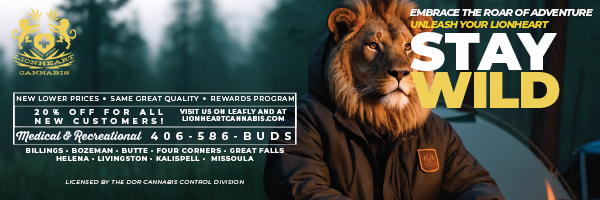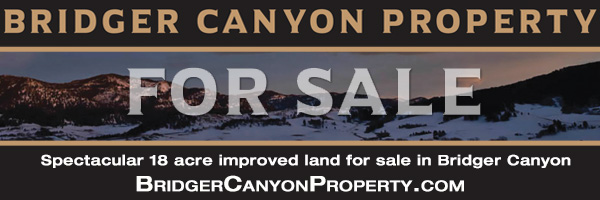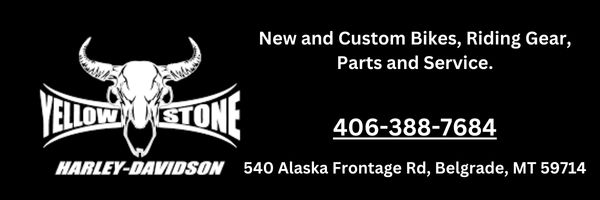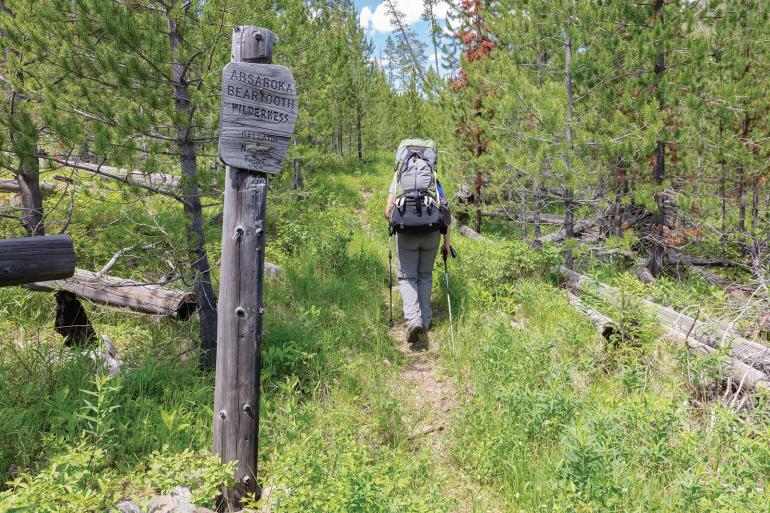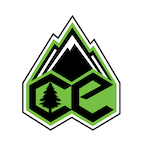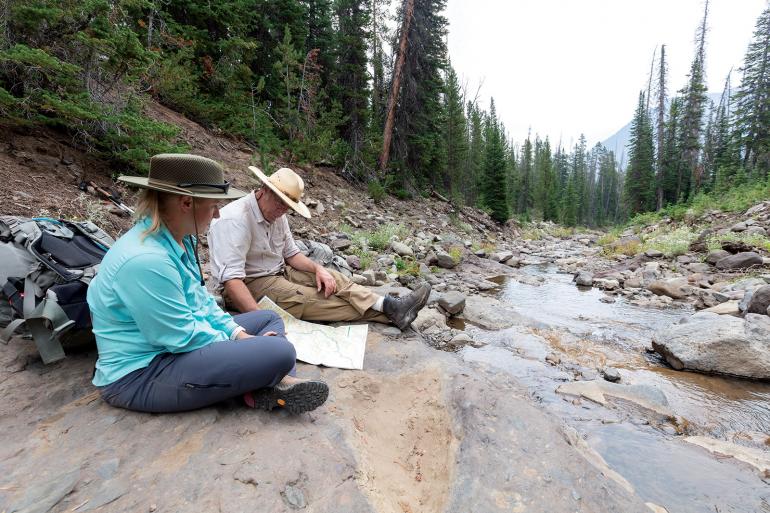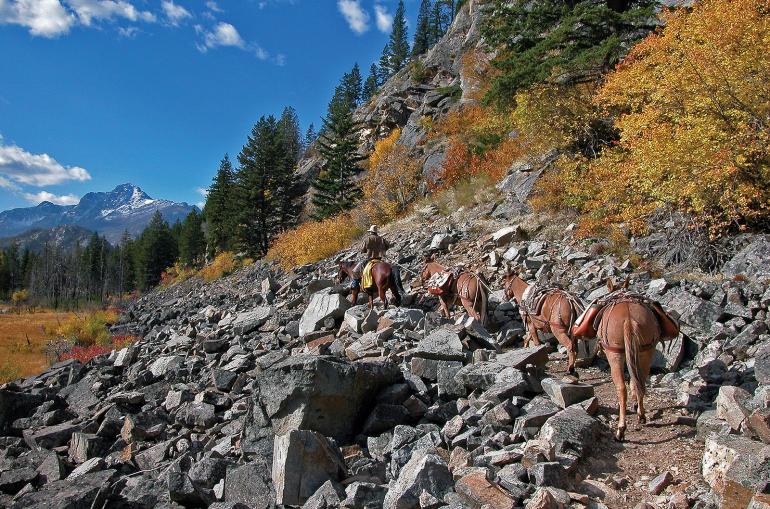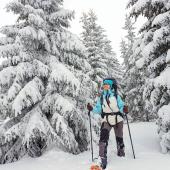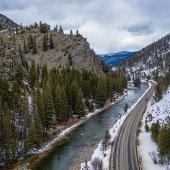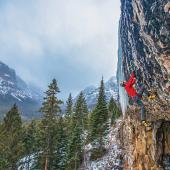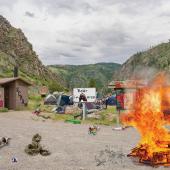Born to Be Wild
The evolution of land use in Montana.
Editor’s note: The following is an excerpt from a speech delivered at a convention celebrating the 60th anniversary of the Wilderness Act.
After my birth on the plains of Wyoming below the Snowy Range, my parents would take me into the mountains, where the snow lasted deep into the summer, and the Governor’s Cup ski race was held at Lake Marie. We’d go glissading down pink couloirs, colored with algae that also stained the long ears of our Bassett hound puppy. These early experiences formed the basis of my strong self-identification with wild country.
I’m 64 now, and in the decades in between, it’s startling to think about all we’ve gone through as a society. In the ’60s, horsepacking was still the predominant mode of transportation into the backcountry—which was most of our public lands still. National Parks were becoming the focal point of recreation, while National Forests and BLM lands were seen as sources of natural-resource extraction. Baby Boomers were working on muscle cars or stingray bikes, and looking over their shoulders at Vietnam.
Debates about land use framed the start of my Forest Service career in 1984.
And yet, in 1964, President Lyndon Johnson signed the Wilderness Act into law. The fact that it was even passed, in the turbulent ’60s, floors me. The bill, written by Howard Zahniser of the Wilderness Society, created the legal definition of Wilderness in the U.S., and protected 9.1 million acres of federal land. It took over 60 drafts and eight years of work, but succeeded in protecting 54 swaths of land across 13 states. Notably, it included five in Montana: Anaconda-Pintler, Bob Marshall, Cabinet Mountains, Gates of the Mountains, and Selway-Bitterroot. The Absaroka-Beartooth—the focus of today’s talk—was added years later in 1978.
But even after the Wilderness Act was passed, the idea of “wilderness” was still a controversial subject. Debates about land use framed the start of my Forest Service career in 1984. Back then, National Forest entrance signs had a tagline: “Land of Many Uses.” Meanwhile, opponents to Wilderness had bumper stickers: “Wilderness: Land of No Use,” or “You Can’t Eat the Scenery.” It was the era of the Sagebrush Rebellion with shovel brigades in Nevada propagating the seeds of the Malheur National Wildlife Refuge occupation in 2016. There were office and green-rig bombings in the early ’90s; old-growth and spotted-owl debates; and tree-sitters.
And there’s no doubt: the Wilderness Act did change the paradigm of the west. Lee Nellis wrote the closing essay in my book, Voices of Yellowstone’s Capstone: A Narrative Atlas of the Absaroka-Beartooth Wilderness. In his piece, he lays out how designated Wilderness became a draw for human migration. He writes, “Passage of the Wilderness Act in 1964 foreshadowed a surprising change in the rural West. The flow of people from America’s rural areas into its cities was reversed for the first time in more than 50 years, during the 1970s. People came to be in, or at least near, the mountains, then thought later about where they’d work, in an era called the Rural Renaissance.” Importantly, he concluded by asking, “How will the newest migrants regard the Absaroka-Beartooth Wilderness? What stories will they hear about it when they arrive? How will those stories shape their perceptions?”
The rural migration coincided with a shift in land use. It was a transition from working in the woods to playing in the woods. Used to be, you went to the woods primarily to make a living, or to hunt and fish. Maybe a picnic, or to camp in a campground. Now, we seek the woods to play. It’s my belief that outdoor education was in part responsible for this shift. The first Outward Bound school in the U.S. was founded in 1962, and things really started to change after that. Paul Petzoldt started NOLS in the ’60s, and the idea of teaching outdoor recreation and education expanded into the universities, particularly the Ivy Leagues, like Dartmouth and Harvard.
In the late 2000s, my husband took a long hike—from our front door in Red Lodge to Jackson Hole. He hiked over the Beartooth Plateau, down Slough Creek, through the ’88 burned areas of the Clover Mist and Mink fires, down the east side of Yellowstone Lake, past the Thorofare Cabin, over Two Ocean Pass, and down Pacific Creek.
Would the instructors of those first courses, though, have been able to predict the explosive growth of outdoor recreation—and how much modern technology has changed the landscape? Especially over the last two decades. In 2004, for example, my husband Don and I took our first-ever winter hut-skiing trip. We learned about huts via word of mouth, purchased guidebooks, and telephoned the ranger districts. We went out with mentors, and still brought paper maps and compasses. How things have changed!
And yet, the Absaroka-Beartooth remains a place to experience wildness. In the late 2000s, Don took a long hike—from our front door in Red Lodge to Jackson Hole. He hiked over the Beartooth Plateau, down Slough Creek, through the ’88 burned areas of the Clover Mist and Mink fires, down the east side of Yellowstone Lake, past the Thorofare Cabin, over Two Ocean Pass, and down Pacific Creek. Why? The challenge appealed to him. He also wanted to experience the whole length of the GYE ecosystem; to stitch it all together. His journey totaled 233 miles over 26 days in two trips.
I joined him for the second half of that long hike, and I’ve had a lot of time to reflect since then. What I hope to convey is not just the importance of designated Wilderness and public lands, but also the interconnectedness of humans and wild places over time. Wilderness boundaries are necessary lines on the map, but they are also a recent human construct. For most of human history, involvement in wilderness was a daily engagement.
One way I see wilderness is as a motivator—to get out into it, to protect it, to do better elsewhere.
What does it mean both for wilderness and humans, when we lose the connection? If wilderness is seen as separate—something that is not us, there is a danger that it can become just another commodity. As wilderness advocate William Cronon notes, the pitfall of wilderness is that, by definition, it leaves people out.
One way I see wilderness, though, is as a motivator—to get out into it, to protect it, to do better elsewhere. And I would encourage: practice reverence. For the place—that’s easy—but also for all its inhabitants, from the trout to the weasels, the fungi to the whitebark, but also for the indigenous peoples and the sheepherders, and to your fellow skiers, anglers, and horsepackers. Perhaps this is an ethic we can bring home when we return from our explorations. We can learn to steward our own neighborhoods, with all their bird and animal and plant and human inhabitants, as we would with wilderness.
I keep coming back to a quote by poet Alison Hawthorne Deming, suggesting that we “free scientific discourse from its yoke and see what can sing in its vocabulary.” Precisely, I believe, what Howard Zahniser did with the Wilderness Act of 1964, and what I encourage you all to continue doing in Montana and beyond.
Traute Parrie was on the ground floor when the Absaroka-Beartooth Wilderness Foundation was established in 2010, and continues to be involved in conversations to protect wilderness in Montana. She stays engaged in the backcountry through skiing and bikepacking with her kids, grandkids, and husband Don.


